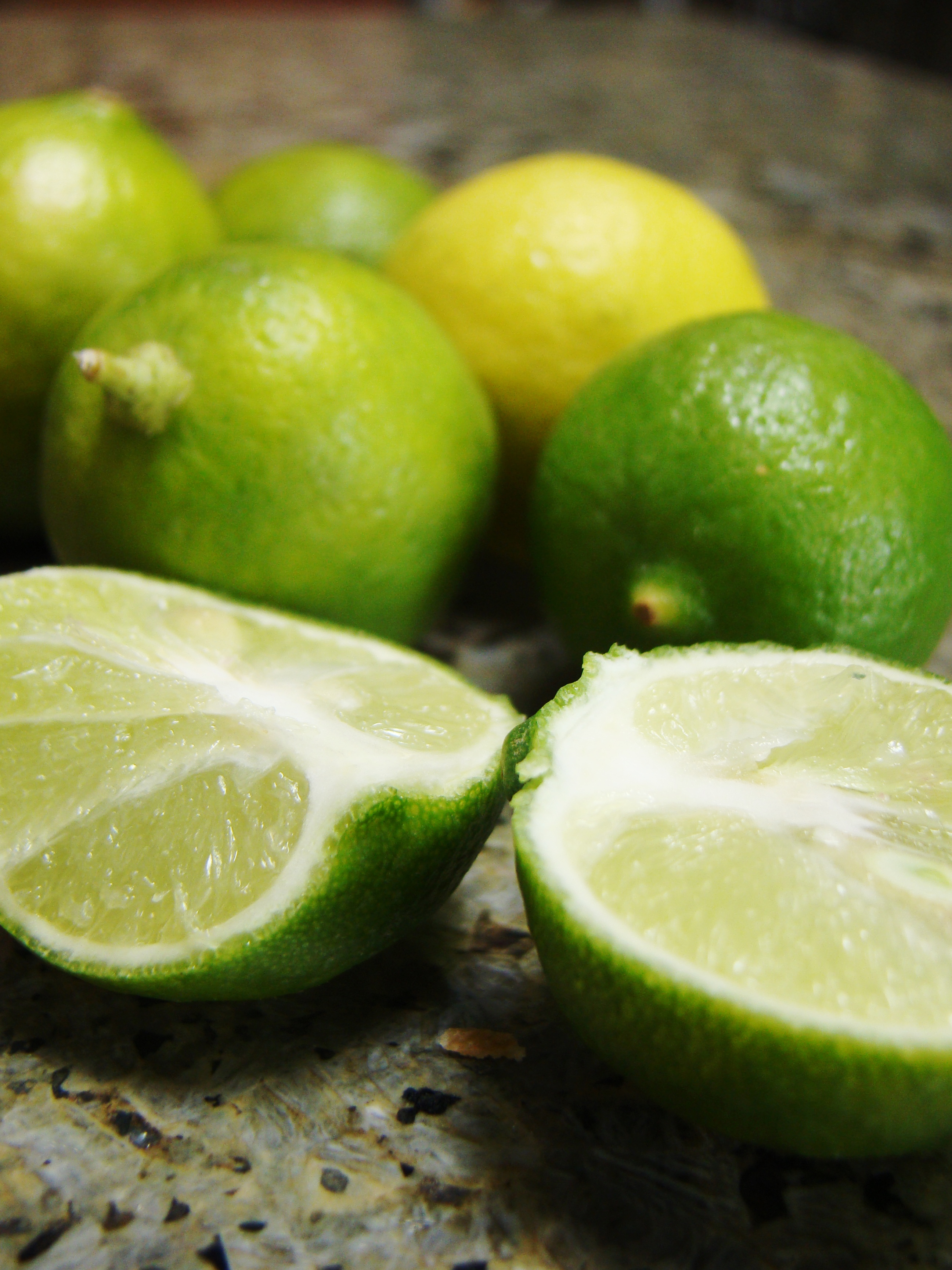Description
Lime trees are well-suited to Sri Lanka's tropical climate. They thrive in the warm, humid conditions found in many parts of the country, and can add a touch of acidity to cooking or be turned into juice. Their juice is also sometimes used as a handy antimicrobial agent. Lime trees in Sri Lanka typically grow to a height of 3-5 meters and can be found in home gardens, agricultural plots, and even in some urban areas.
The trees have glossy, dark green leaves and produce small, fragrant white flowers before bearing fruit. They typically need at least 3 to 4 years to bear fruit, depending on the size of your tree at purchase. Lime trees can grow up to 24 inches per year under optimal conditions.
Planting requirements
Planting season: Best planted from June to December
Planting conditions:
| Propagation | Can be grown from seeds, saplings, or cuttings. For seeds, dry for 24 hours before planting. For cuttings, use semi-hard green stems and root in water or soil |
|---|---|
| Planting method | Plant healthy seedlings in 75 cm x 75 cm x 75 cm pits at 5 to 6 m spacing. For container growing, use pots 18-36 inches in diameter with good drainage |
| Soil | Requires deep, well-draining loamy soils. A pH between 6.0 and 7.0 is ideal. Mix local topsoil, compost, and sand for an ideal growing medium |
| Water | Irrigate copiously after planting. After establishment, irrigate at 7-10 day intervals. Avoid water stagnation. Water whenever the top layer of soil dries out |
| Light | Requires 6-8 hours of full sunlight daily |
Growing conditions:
| Temperatures | Thrives in Sri Lanka's tropical temperatures (22°C to 33°C). Cannot tolerate temperatures below 10°C (50°F) |
|---|---|
| Soil | Use a mix of local topsoil, compost, and sand. Monitor soil pH a few times a year. Apply a shovelful of organic compost every four months |
| Water | Water deeply once or twice a week, depending on rainfall. Increase frequency during dry seasons. Be careful to avoid overwatering |
| Pruning | Not necessary but can be done to maintain size and shape. Remove unhealthy branches at any time of year |
| Weed control | Weed control is essential for maintaining healthy trees, as weeds can compete for nutrients |
Harvesting
In Sri Lanka, limes can be harvested year-round, with peak seasons typically occurring from May to August and November to January. Harvest when the fruit is fully sized and light green in color with a slight hint of yellow for maximum juice content. Fruits can be twisted off by hand or cut with scissors, being careful of thorns.
Curing
Lime does not require a curing stage.
Storage
In Sri Lanka's warm climate, store limes in the refrigerator for up to 2 weeks. For longer storage, limes can be pickled or their juice can be frozen in ice cube trays. Lime rinds can be dried in the sun for a few days to make tea.
Protecting your plants
Pest control
Pest types:
- Citrus Leaf Miner (Phyllocnistis citrella)
- Aphids
- Citrus Psyllid (Diaphorina citri)
Symptoms:
- Citrus Leaf Miner: Leaves exhibit winding mines, which may lead to curling and discoloration. The larvae create visible trails on the leaf surface.
- Aphids: Leaves may curl, and a sticky substance (honeydew) can accumulate, leading to sooty mold growth.
- Citrus Psyllid: Yellowing leaves and stunted growth; the presence of sooty mold due to honeydew excretion.
Control methods:
- Citrus Leaf Miner: Use of insecticidal sprays. Biological control through natural predators.
- Aphids: Control with insecticidal soaps or neem oil. Encourage beneficial insects like ladybugs.
- Citrus Psyllid: Apply systemic insecticides at the base of the trunk. Regular monitoring and early intervention.
Disease Control
Disease types:
- Citrus Canker
- Melanose
- Tristeza Virus
- Blast (Pseudomonas syringae)
Symptoms:
- Citrus Canker: Irregular, raised lesions on leaves, stems, and fruit that may cause premature leaf drop and fruit drop.
- Melanose: Small brown sunken spots on leaves and fruit, which may turn corky and affect overall fruit quality.
- Tristeza Virus: Leaf curling, yellowing, and stunted growth; symptoms may vary depending on the strain involved.
- Blast: Water-soaked lesions on leaves and twigs that expand rapidly; cankers may form on branches leading to dieback.
Management:
- Citrus Canker: Prune infected areas and apply copper-based fungicides. Maintain good air circulation around plants.
- Melanose: Frequent application of fungicides. Prune infected branches to reduce spread in young trees.
- Tristeza Virus: Control aphid populations that transmit the virus. Plant resistant varieties where possible.
- Blast: Apply copper fungicides before rainy seasons in susceptible areas.
Sources
In addition to our General List of Sources (link), we used these specific references:
- https://agritech.tnau.ac.in/horticulture/horti_fruits_acidlime.html
- https://permacultureplants.com/plants/lime/
- https://plantvillage.psu.edu/topics/lime-sour/infos
- https://greg.app/makrut-lime-companion-plants/
- Aibinu, I., Adenipekun, T., Adelowotan, T., Ogunsanya, T., & Odugbemi, T. (2007). Evaluation of the antimicrobial properties of different parts of Citrus aurantifolia (lime fruit) as used locally. African Journal of Traditional, Complementary, and Alternative Medicines, 4(2), 185.
